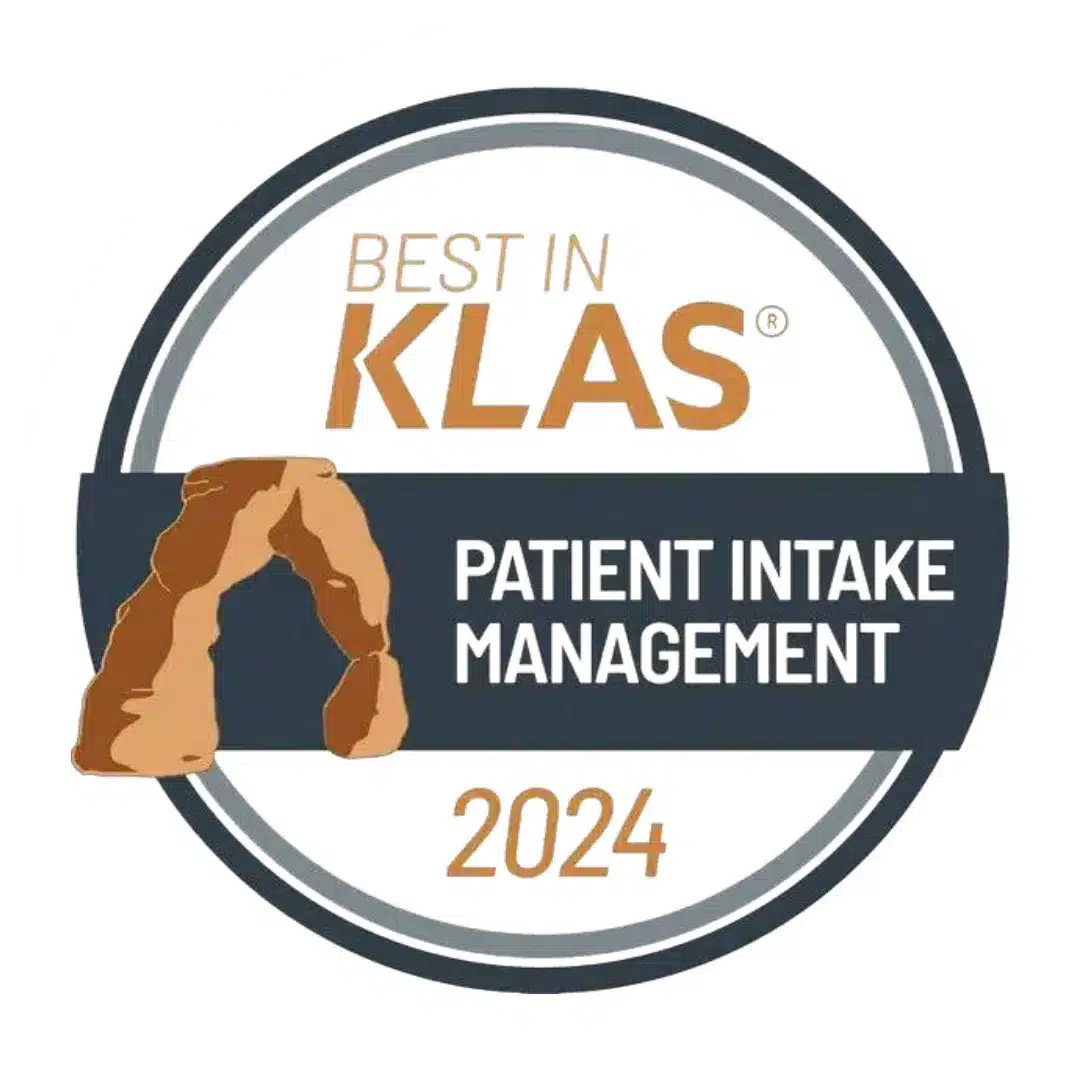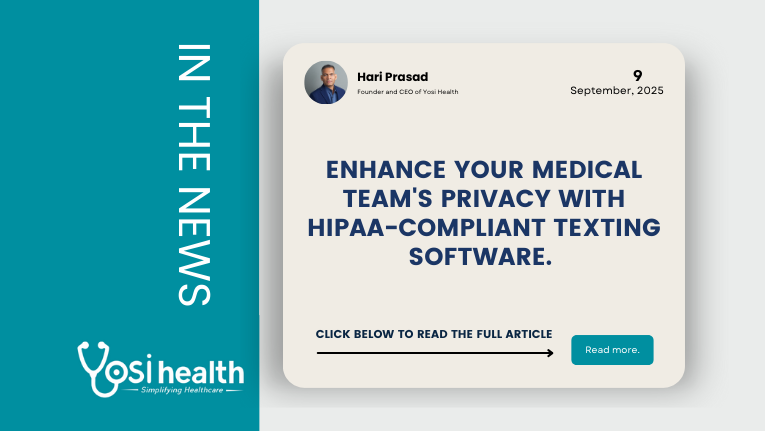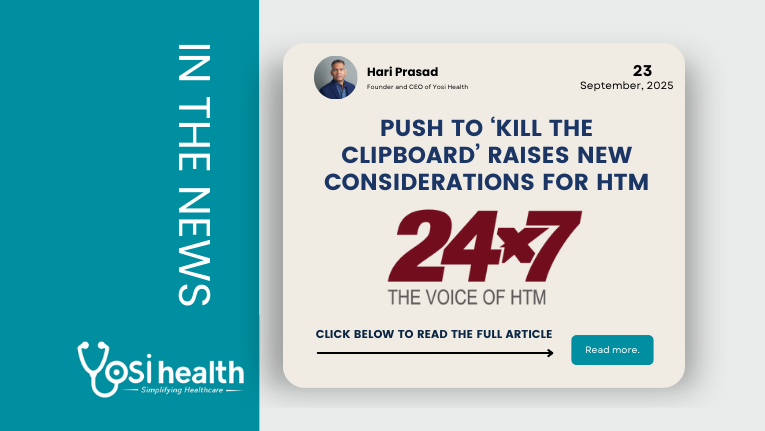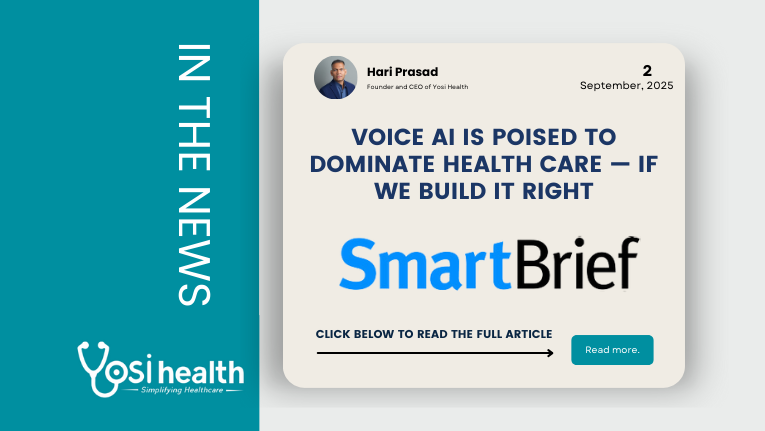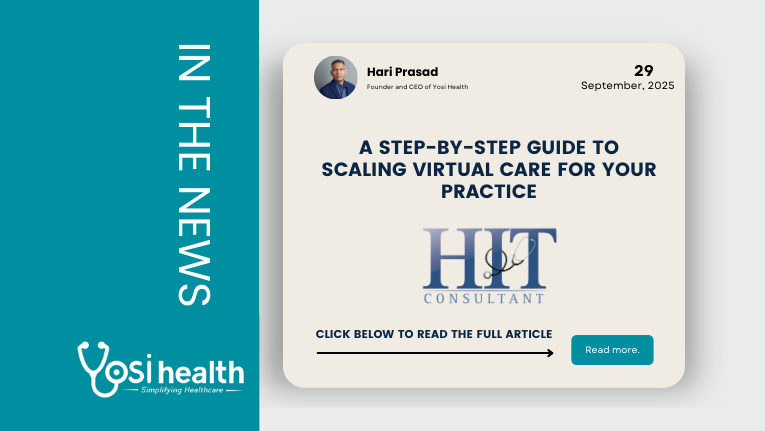

Hari Prasad, Founder and CEO of Yosi Health
Virtual care is transforming the way healthcare is delivered, enabling practices to reach patients well beyond the confines of the traditional exam room. From routine follow‑ups and chronic disease management to behavioral health consultations and medication reviews, telehealth offers flexibility and convenience. Yet, successfully integrating virtual care into an established practice demands more than simply flipping on a webcam; it requires planning, targeted execution, and ongoing evaluation.
One prudent step when starting out is to pilot only one or two services at a time. Rather than attempting a broad, practice‑wide rollout, identify two areas where virtual care offers the most immediate value – perhaps medication management or post‑operative wound checks.
By focusing on a limited scope, teams can closely monitor key metrics: patient satisfaction scores, no‑show rates, time‑to‑complete visits, and return on investment. Early pilots help identify workflow bottlenecks – such as scheduling conflicts or billing issues – before they scale into larger challenges. As the practice becomes comfortable with the technology and processes, additional services can be layered in. This incremental approach minimizes disruption, ensures quality of care, and provides concrete data to support future expansion decisions.
Additionally, central to any virtual care initiative is the training and upskilling of current staff. Telehealth demands a different set of competencies than in‑person care: mastering video‑visit etiquette, recognizing the limitations of remote physical examinations, and understanding the legal and regulatory frameworks governing telehealth diagnoses and documentation.
Physicians and nurse practitioners may pursue telehealth certification programs offered by professional associations, while administrative teams should receive hands‑on instruction in patient onboarding, troubleshooting connectivity issues, and managing virtual waiting rooms. Well‑trained staff are more confident and efficient, which translates to a smoother patient experience and greater clinician satisfaction. Equally important is establishing clear protocols for triaging patients to virtual versus in‑person visits, ensuring that clinical judgment guides the mode of care rather than technological capability alone.
Selecting the right technology partner can make or break a virtual care program. Practices should look for platforms that integrate seamlessly with existing electronic health records (EHRs), scheduling systems, and billing workflows.
A best‑in‑class virtual care solution doesn’t just enable video visits; it automates intake forms, verifies insurance eligibility in real time, and securely collects patient payments when applicable. As virtual care offerings mature, the practice will want to add services – telemonitoring for chronic disease, secure messaging for asynchronous consultations, or remote specialty referral networks – without having to rebuild the technology stack. Choosing an expandable, API‑driven solution reduces integration headaches and future friction. For example, practices leveraging a modular platform can enable pre‑visit digital intake and payment collection today, then activate remote monitoring modules or patient‑generated health data dashboards as practice needs evolve.
Beyond technology and training, successful virtual care hinges on clear communication and patient engagement. Patients must understand how to schedule and join a virtual visit, what to expect during the encounter, and how follow‑up care will be coordinated. Practices can deploy multi‑channel reminders (text messages, emails, and phone calls) that include simple, step‑by‑step instructions. For patients who lack reliable internet access or are uncomfortable with technology, telephone visits or guided walk‑throughs can bridge the gap. Collecting routine feedback, through brief post‑visit surveys, helps identify pain points, whether they stem from technical glitches, audio/video quality, or unclear instructions. By incorporating patient feedback, practices can refine workflows and facilitate adoption.
Financial considerations also play a critical role in virtual care deployment. Practices should confirm payer policies for telehealth reimbursement, understanding which services qualify, and what documentation is required. Where reimbursement is limited, practices may bundle services or implement point‑of‑service collection of copays and deductibles.
Digital platforms that present cost estimates at scheduling can reduce surprise bills and build trust. Moreover, tracking the return on investment, comparing the cost savings from reduced no‑shows for instance, provides the data needed to justify continued investment and expansion.
Finally, practices must stay agile and forward‑looking. Virtual care is not a one‑time project but an ongoing evolution. Emerging technologies such as artificial intelligence for triage, remote physiologic monitoring for home‑based care, and integrated care pathways connecting primary care to specialists, will further expand the virtual care frontier. Practices that cultivate a culture of innovation and continuous learning will be best positioned to adapt. Regularly convening cross‑functional teams to review performance metrics, explore new use cases, and share learnings accelerates progress and fosters collaboration.
The journey to a robust virtual care practice is paved with strategic pilots, comprehensive training, flexible technology, proactive patient engagement, and vigilant evaluation. By starting small, equipping staff for success, and selecting an expandable platform that grows with practice needs, healthcare organizations can unlock the full potential of virtual care, delivering high‑quality, efficient services that meet patients where they are, today and well into the future.
About Hari Prasad
Hari Prasad is pioneering the modernization of the entire healthcare patient experience. He is co-founder and CEO of Yosi Health, a full-service technology ecosystem that connects patients with their providers through the entire care journey before, during and after the visit creating delightful patient experiences.
